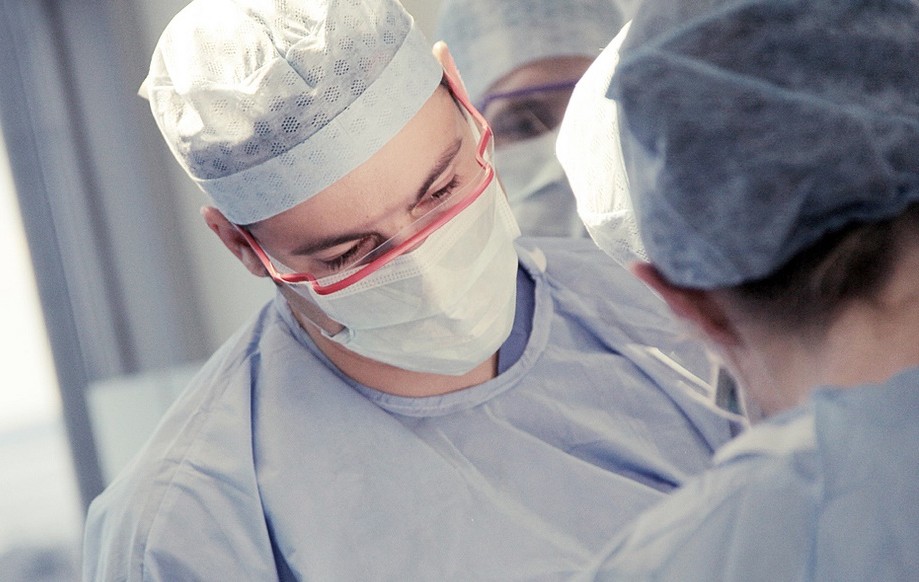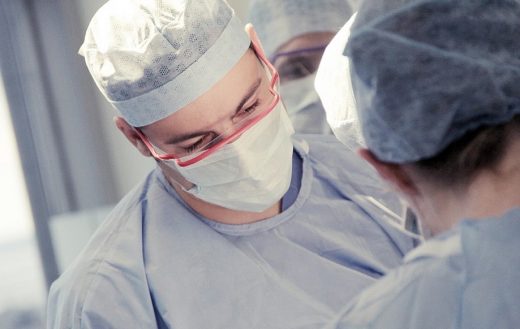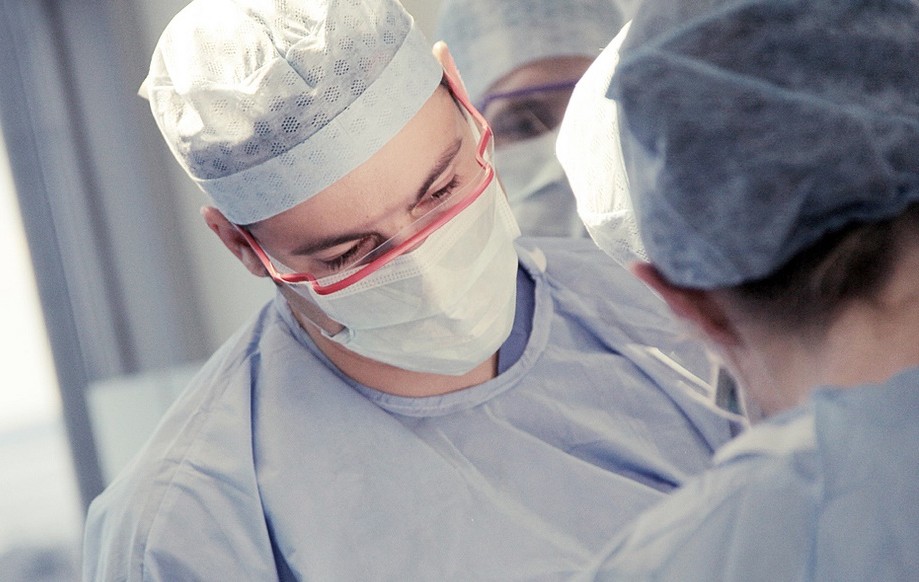OrthoPediatrics Bones Up on IPO for Children’s Medical Devices

Children’s bones are quite different from those of adults. Besides being smaller, OrthoPediatrics says, a child’s bone is more curved and has growth plates that must be protected.
While several companies serve the global orthopedic medical devices market, OrthoPediatrics claims to be the only one focused on these nuances of pediatric orthopedics. Now the Warsaw, IN-based company aims to assert its position in this niche, as it has filed for a $ 75 million initial public offering intended to support sales expansion and new product development.
That $ 75 million figure could change as OrthoPediatrics works through the process of setting a price for the offering. But the company says in its prospectus that it expects to raise enough money to support its cash needs for the next two years. OrthoPediatrics plans to apply for a stock listing on the Nasdaq under the stock symbol “KIDS.”
OrthoPediatrics currently sells 17 surgical products, the first of which was launched in 2008, one year after the company was founded. Those surgical products span three categories in the pediatric orthopedic market: trauma and deformity; complex spine; and anterior cruciate ligament reconstruction.
In 2015, the company reported $ 31.0 million in revenue, up 30.9 percent from 2014, according to the filing. The company, which has yet to turn a profit, reported a $ 7.9 million loss in 2015. Most of its revenue comes from the United States, though the company has been expanding overseas in recent years and now says it sells products in 29 other countries. Implants and bone fixation devices to treat trauma and deformities accounted for 73 percent of the company’s 2015 revenue, up 16 percent from 2014. Through the end of the first quarter, OrthoPediatrics had cash and cash equivalents totaling $ 1.4 million, according to the filing.
OrthoPediatrics is led by CEO Mark Throdahl, a veteran of Zimmer, Consort Medical (LON: CSRT), and Becton Dickinson (NYSE: BDX). The company says its specialization in products that treat children sets it apart from larger competitors that focus on products designed to treat adults. The limited options for implants and instruments designed for children leaves surgeons to improvise with devices designed for adults, which can lead to trauma, the company says.
“Children are not just small adults,” OrthoPediatrics says in its filing. “Their skeletal anatomy requires specialized implants and instruments designed to treat their orthopedic disorders appropriately.”
The company’s competitors include Johnson and Johnson (NYSE: [[ticker: JNJ]]) subsidiary DuPuy Synthes, Medtronic (NYSE: MDT), Smith & Nephew (NYSE: SNN), and fellow Warsaw company Zimmer Biomet (NYSE: ZBH). While these companies don’t specialize in orthopedic products for children, OrthoPediatrics concedes in its filing that surgeons who have experience using devices made by these companies may not want to adopt new, unfamiliar products. Furthermore, the company acknowledges that these larger companies have the scale and financial resources to develop new products that directly challenge OrthoPediatrics’ implants and instruments.
But OrthoPediatrics has plans to expand its product portfolio while maintaining its pediatric focus. Foot and ankle, hand and wrist, clavicle, pelvis, and other sport-related injuries are among the areas that the company is targeting. OrthoPediatrics aims to launch one new surgical system each year “for the foreseeable future,” according to the filing. That’s on top of extensions to its existing product line. OrthoPediatrics also says it may use some of the IPO proceeds for acquisitions, though the company says there are no deals in place yet.
The largest investor in OrthoPediatrics is Squadron Capital, a private equity firm that invests in companies that develop and make orthopedic medical devices. When Squadron led a $ 37 million investment in the company in 2014, OrthoPediatrics said the funding was likely the last time the company would raise money from private investors.
In addition to funding R&D and supporting a sales and marketing push, OrthoPediatrics says, IPO proceeds will pay $ 3.4 million in accumulated and unpaid dividends to Squadron and other shareholders of the company’s Series B stock. The cash will also repay approximately $ 2 million under a loan agreement with Squadron.
Photo courtesy of Flickr user UCD School of Medicine under a Creative Commons license.
(23)



